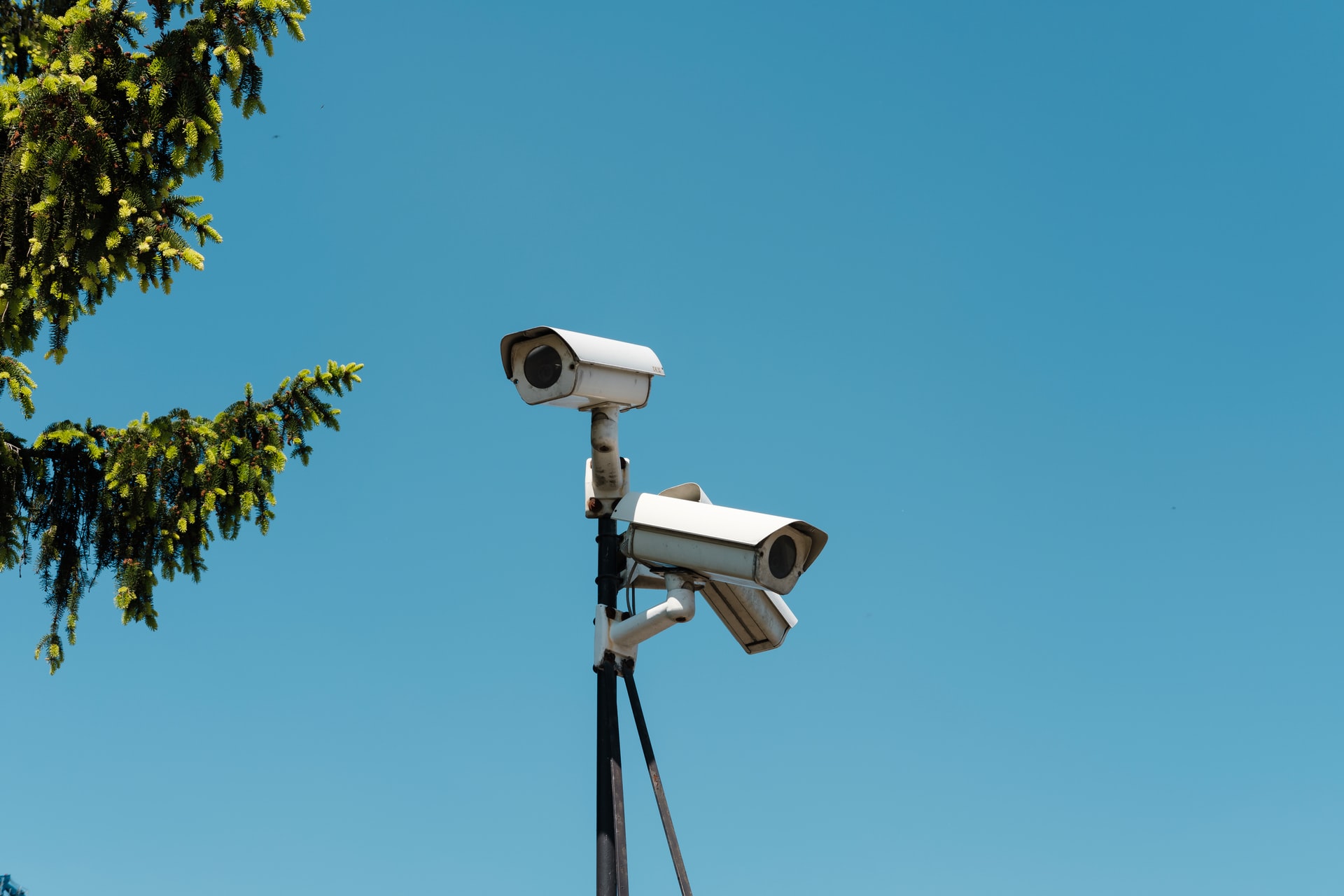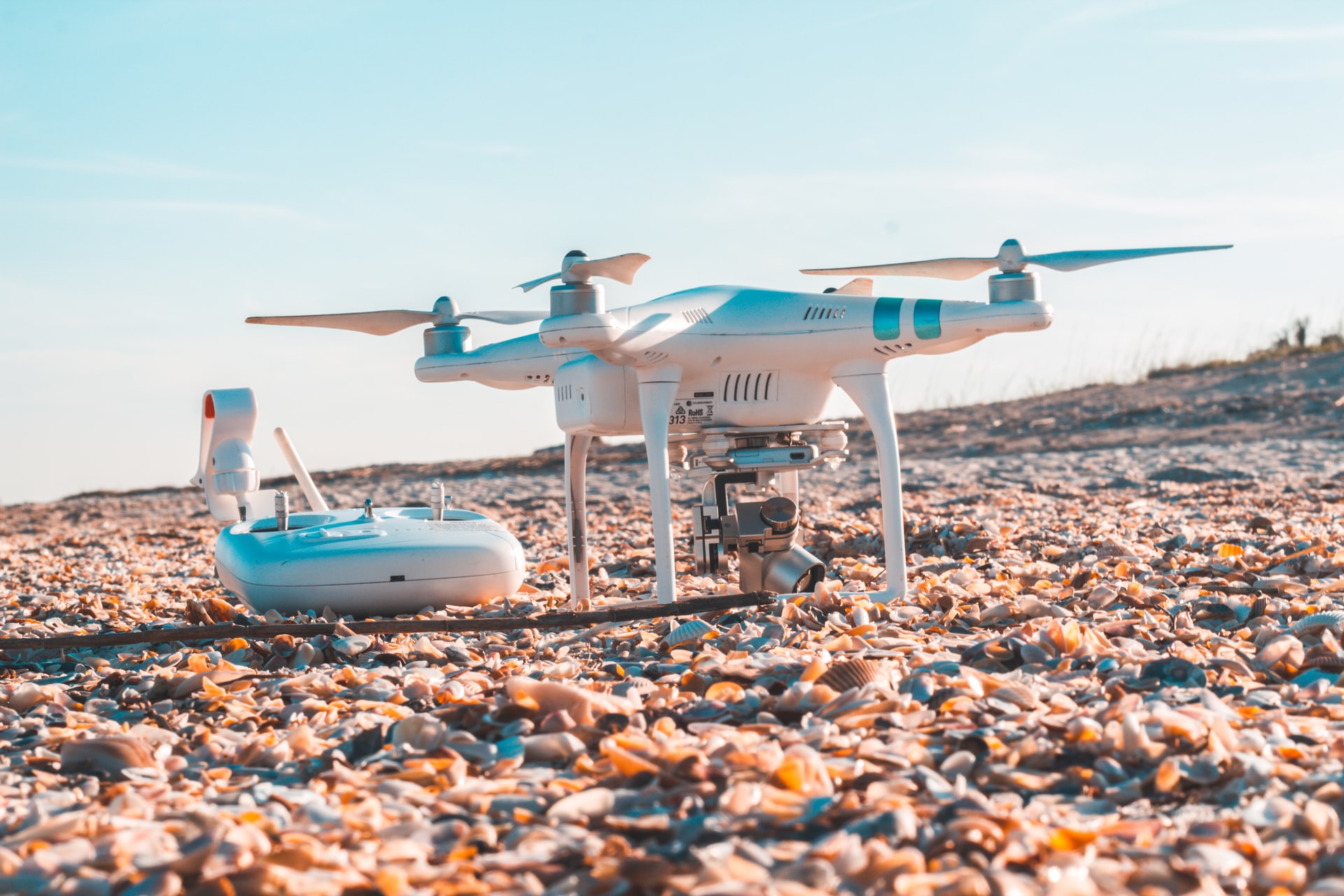Improvements in technology have revolutionized how public safety agencies operate to make towns smarter and safer. This means enforcement agencies can stay one step ahead of criminals by using new ways to prevent and detect crime. Since the cat-and-mouse game between criminals and law enforcers is never-ending, it means public safety agencies need to keep readjusting to new technologies.
Governments and businesses alike need to deploy emerging technologies to avert threat situations from happening. This can be in the form of biometric technology for access control or detection and alert sensors. Such measures will curb or lower the amount of potential loss, injuries, and damage. Below are how technology can change how public safety agencies view and think about enhancing stringent security measures.

1. Smart Audio and Video Surveillance
Video surveillance has existed for many years and has evolved with better functionalities. Thanks to technology, we now have smart technology and new audio capabilities. These systems are more effective and actionable and can be integrated with municipal systems. Improved technology systems from 10-8Systems.com can provide safety agencies with up-to-date software systems to fight against crime. In many cases, drawbacks like poor-quality imagery and slow data retrieval can hamper law enforcement agencies’ efforts to protect citizens. Improvements in smart audio and video capabilities can detect vehicle license tags for better public safety. Additionally, these high-resolution cameras can even sharpen in on potential suspects as well.
2. Biometric Systems
In recent years, many businesses have adopted the use of biometric systems in their workplaces. Biometric systems are designed with capabilities that can identify individuals based on various aspects. Such may be based on facial features, fingerprints, gaits, iris patterns, and voiceprints, among others. The biometric device is then linked with a back-end system; This system compares these features to a database of known people for positive recognition.
3. Robots
Public safety agencies can also use robots for enhanced protective measures. These next-generation robotic cameras can deliver audio and video surveillance of potential crime scenes that might be dangerous or too challenging for officers to reach. Additionally, these robots are even throwable, which means they can withstand a 25-foot drop. These devices run on an electric motor and are equipped with high-tech wheels that can navigate rough terrains. They are also equipped with artificial intelligence and can transmit critical information to human officers. This comes in handy, especially in situations where invaders may compromise a law officer’s safety.
4. The World of Artificial Intelligence
AI has experienced a lot of expansion. This means more data is being collected, analyzed, and generated and can offer valuable insights in a law enforcement context. The process of deriving actionable insights from an extensive database of information is time-consuming when done by humans. This is where AI (artificial intelligence) comes into play. AI can support many police technologies efficiently through technologies like biometrics and facial recognition.
Additionally, officers can use AI in crime-mapping. Processing this data offers valuable insights and can even pinpoint high-crime areas. This means law enforcement officers can monitor the areas more keenly and deploy additional resources to the mentioned areas.
5. Mobile Technology
The use of mobile technology provides calls, emails, texts, and GPS location information, which can be used to solve cases by law enforcement organizations. Since smartphones are widely used globally, the information they contain can give officers a starting point during investigations. In many cases, such information leads to arrests, which is derived from mobile device usage. With advanced digital forensics technology, officers can find subtle links between suspects and their crimes. Without the use of mobile connections, this might go unnoticed. Additionally, mobile technology speeds communication between citizens, officers, and agencies.

6. Drones
In recent years, the use of drones – also known as unmanned aerial vehicles (UAVs) – has increased significantly. Many public safety agencies across the globe are using drones to help them in their day-to-day operations. Drones can be used for rescue operations, crowd monitoring, gain aerial vantage points for crime scene work, and more. Some more improved models are designed with thermal imaging or 3D mapping software, which offers geographical location precision to the surveyed areas. Additionally, many drones are also equipped with zoom cameras. These cameras are valuable since they can deliver actionable and real-time information, especially in high-risk and dangerous situations.
In the 21st century, law enforcement agencies are dealing with plenty of things to ensure public safety. This is why they need solutions to help them manage their challenges when building links back to their communities. With the right technologies, public safety organizations can take the necessary steps to foster better enforcement and crime prevention.